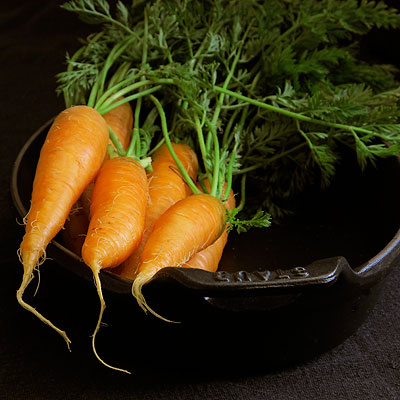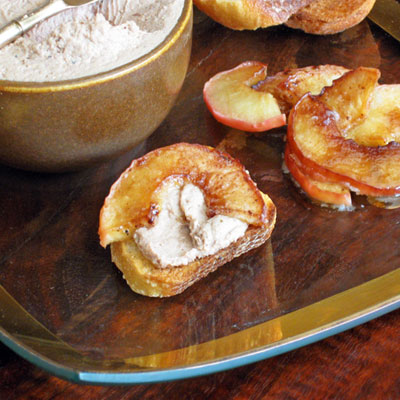
People are so funny about anchovies. And whether you love anchovies or hate them, it might come as a surprise that they weren’t born in that oily little tin can wrapped around a caper! Don’t get me wrong– I love their big salty flavor, so reminiscent of the ocean. Whether strewn on pizza, laid across toast or used as an ingredient in other dishes, I’m a huge fan of this little tinned fish. There are other options. I think anchovy fishaphobes would be surprised by the mild flavor of fresh anchovies.
But getting them to taste anchovies, even fresh anchovies and/or marinated (also called white) anchovies, is a bit of a struggle. Not just because they think they hate ’em, but also because even die-hard anchovy lovers like me can’t get marinated anchovies as easily as we’d like. It’s just plain hard to find the fresh fish in any form in the United States. Other commonly canned fish are much easier to find in their fresh form here. Fresh tuna? Sure. Even fresh sardines can be found in my market sometimes. Anchovies are the next tinned fish ready for its fresh-faced close-up (I hope).
 Their season starts in early spring. Which means that when they’re plentiful, more and more of them can escape greedy European mouths and find their way to American markets (I hope). Because I managed to get my hands on some recently.
Their season starts in early spring. Which means that when they’re plentiful, more and more of them can escape greedy European mouths and find their way to American markets (I hope). Because I managed to get my hands on some recently.
Anchovies are mostly caught in the coastal waters off Morocco, Portugal, and Spain but are common all around the Mediterranean. If you’ve done much traveling in that area you’ve probably eaten them lightly breaded and fried as an antipasti or tapas. They’re spectacularly good when served freshly fried and piping hot. I plan to serve them like that tomorrow, so come back for a plateful.
Good as they are fried or even tinned, there’s another way to enjoy anchovies, and that’s marinated. In fact, it’s the most common way they’re served in their countries of origin. So that’s where we’re going to start on our reputation realignment of this little fish.
Fresh anchovies come fresh from the sea as bright shiny silver bullets. Once they have been de-boned and gutted, they can be marinated in lemon juice and vinegar from four hours to as much as a week. The acid in the marinade “cooks” the flesh, turning it white. Hence the name white anchovy. At this point, they’re stored in extra-virgin olive oil waiting for the hungry masses to scoop them up. They make a terribly chic little appetizer and are just the right flash of fun with a glass of wine and some crusty bread.
Marinated Fresh Anchovies serves 4 CLICK here for a printable recipe
Adapted from Kyle Phillips
- 2 1⁄2 lb whole, fresh anchovies
- 4 medium onions, thinly sliced into rings
- 1 lemon, juiced
- 1 1⁄2 c white wine vinegar
- extra-virgin olive oil, as needed
- salt & freshly ground black pepper, to taste
Instructions
Split the anchovies up the middle, gut them, and remove their heads and spines. Rinse them drain them. Spread about 1/2 of the onion slices onto the bottom of a 9x13 glass or ceramic baking dish. Lay the anchovies on top in as close to a single layer as possible. Combine the 1 cup vinegar and lemon juice and drizzle the mixture over the fish. Top with about 1/2 of the remaining onion slices. Put the remaining onions in a small bowl and pour remaining 1/2 cup white wine vinegar over them.
Let the fish marinate in a cool place for 4–6 hours. When the flesh of the anchovies has whitened and firmed up (the acidity will cook it) drain them and transfer them to a different bowl. Season them lightly with salt and pepper, add extra-virgin olive oil to cover, and garnish them with the remaining onion and the vinegar in the bowl. Let the fish rest for a few more hours in the fridge, and serve them as an antipasto.


